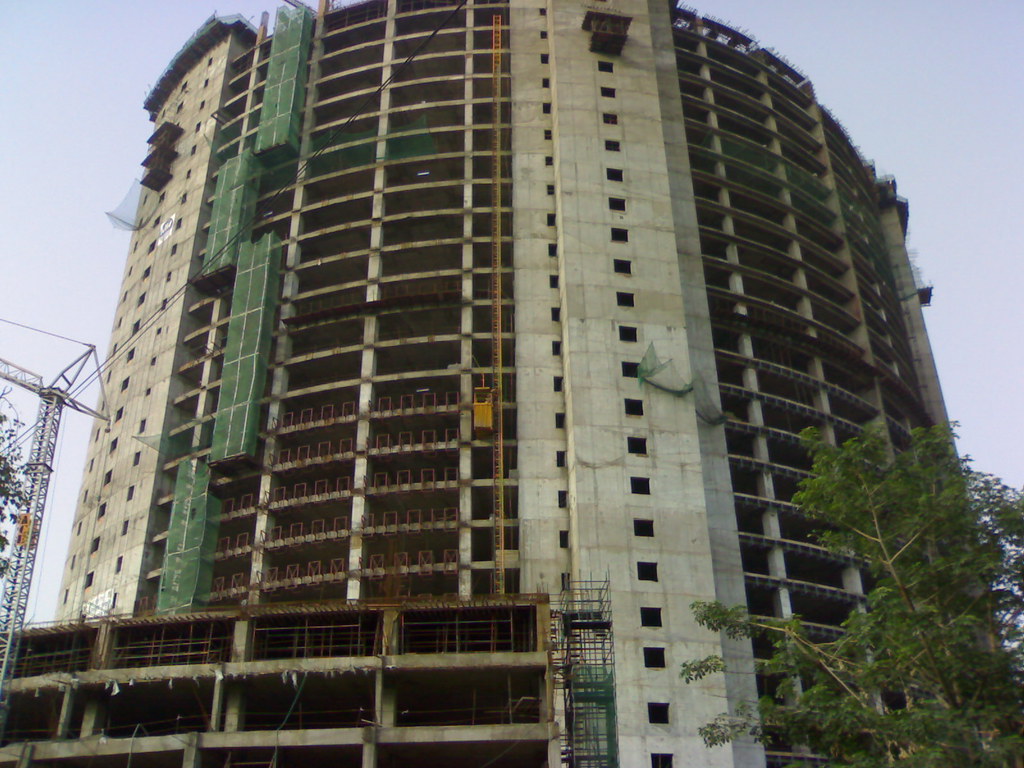The Capital reached new heights on Thursday when the under-construction Civic Centre on Minto Road surpassed the tallest building in the city - Hansalaya. The Civic Centre has reached a height of 91.5 metres, and is growing.
The Centre, which will house the headquarters of the Municipal Corpora- tion of Delhi (MCD), has surpassed Hansalaya on Barakhamba Road by 3.5 metres. Once completed in March, it will overshoot Hansalaya by 13 metres. One of the most ambitious projects of the civic body the Civic Centre will have 28 floors. The building once completed will be 101 metres from the ground level, which is much taller than Qutub Minar, which stands at 72.5 metres. Vikas Minar, which houses the headquarters of the Delhi development Authority (DDA), is among the tallest buildings in the city at a height of 54 metres.
MCD officials said the Civic Centre would also have a helipad for emergency evacuation. "The helipad will be used for evacuation of occupants in case of any emergency situation," a senior MCD official said.
"We crossed the 91-metre mark on February 28 and the construction company is in such an exhilarated mood that now it is completing a single floor in just 10 days.
The construction will be over by March-end," said another senior MCD official. The Civic Centre will have five blocks housing the deliberative, public-dealing, cultural, conference and institutional-cumcommercial wings of the civic body The Centre will also have six entry and exit points. The area's traffic plan is also ready "The complex will have an auditorium with a seating capacity of 1,000 people, parking space for 2,500 vehicles, a banquet hall for 500 persons, art gallery, food courts, conference hall, etc.," added the official.
The Civic Centre will be functional by December 2008 and at least 50 per cent of it will be used for commercial purposes. The rest will be occupied by offices. A Malaysian company has got the contract to construct the multi-storeyed building at a cost of Rs 550 crore. According to the first plan of the project, only 16 floors were to be constructed.
![Image]()

























